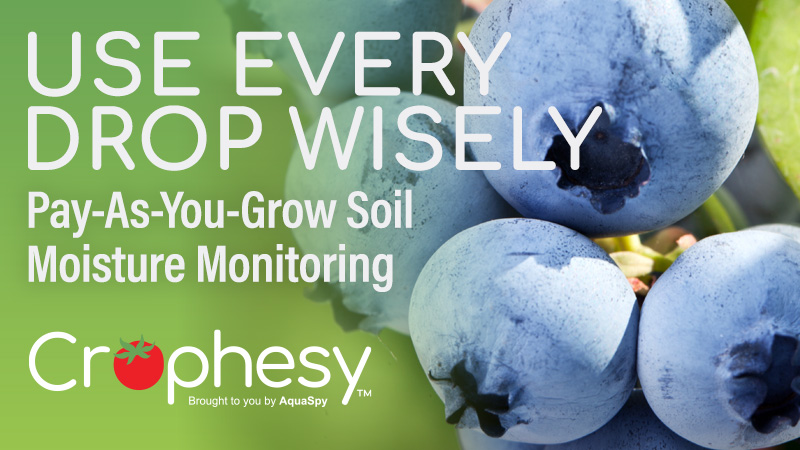How Vegetable Growers Can Get the Most Out of Their Drip Irrigation System

Pressure reducing valves can maintain optimal pressure in drip systems.
Photo by Michael Cahn
Most consider drip irrigation to be one of the most efficient methods to irrigate crops because you can apply water where the roots are most active in the soil. Designed and operated correctly, drip can potentially apply water uniformly throughout a field. By irrigating frequently and applying small volumes of water to replace moisture that the crop used, you can also prevent leaching of soil nitrate using drip, even in areas where the soil may have a coarse texture.
Despite these advantages, many growers are not reaping all the potential benefits of drip. In recent years I have become more involved with assessing the design and operation of drip systems in vegetable fields.
I often encounter the same recurring problems that limit the efficiency of drip used in both small and large farming operations. These issues sometimes are related to selecting the wrong components or errors in the design. In other cases, they stem from misunderstandings by the irrigators as to how to best operate drip systems.
Aim for Optimum Pressure
The key to realizing the advantages of drip is to have a consistent and uniform pressure in the drip tape.
With each irrigation, you need to check and adjust the submain pressure. The pressure should be as uniform as possible throughout the field.
Because drip tape is operated at low pressures, usually ranging between from 8 to 12 pounds per square inch (psi) depending on the thickness of the tape, variation as little as 3 or 4 psi within a field can reduce the uniformity of the irrigation.
Pressure that is too low will also impact the application uniformity of a drip system, as we found in our research.
In one field that we evaluated, the submain near the valve was adjusted to 5 psi. That resulted in a minimal amount of water reaching the end of the beds, where the pressure was less than 1 psi.
Adjust for Large Fields
In fields with very long beds, the pressure can be much less at the far end of the field than in the submain where the drip lines are attached.
This is because the flow rate at the beginning of the drip line is greatest, causing the most pressure to be lost as the flowing water interacts with the inside wall of the tape. Either dividing the field into smaller irrigation blocks with two submains or locating the submain midfield and pressurizing the tape from the center of the field could minimize these pressure losses.
Alternatively, using larger diameter drip tape or tape with emitters that discharge at a lower rate could also reduce pressure losses along the length of the bed.
Ways to Prevent Bursting
Although drip operated at low pressure may occur by mistake, it can also be an intentional practice to protect the tape. It can burst if the pressure spikes when a valve closes in a nearby field, or a booster pump is turned on to pressurize sprinklers in an adjacent block.
The obvious solution to protect drip tape from bursting under pressure spikes is to install a pressure-reducing valve at the submain. It automatically opens and closes to maintain a consistent downstream pressure in the drip system.
Based on my observations, however, I would estimate that less than 5% of drip-irrigated vegetable fields in the Salinas Valley use pressure-reducing valves.
Irrigators often tell me that pressure-reducing valves are unreliable. One reason irrigators may have had problems using pressure-reducing valves is that they must be matched with the flow rate of the irrigation system. Otherwise, they will not react quickly when the pressure surges.
Another reason is that irrigators often find these valves to be complicated to operate. Most pressure-reducing valves have a pilot control with a spring inside that must be correctly set, a three-way valve that has various positions, and a web of tubing that connects the upstream and downstream water pressure to the pilot.
Without sufficient understanding of how to use and adjust regulators, irrigators are unlikely to feel that they are a dependable way to control the pressure of their drip systems.
This season I hope to work more closely with farm managers and irrigators to assist them with improving the efficiency of their drip systems.
Through demonstrations and trainings on using pressure-regulating valves, as well as providing technical support on design and operation, I think much progress can be made to help growers get the most out of their drip systems.










